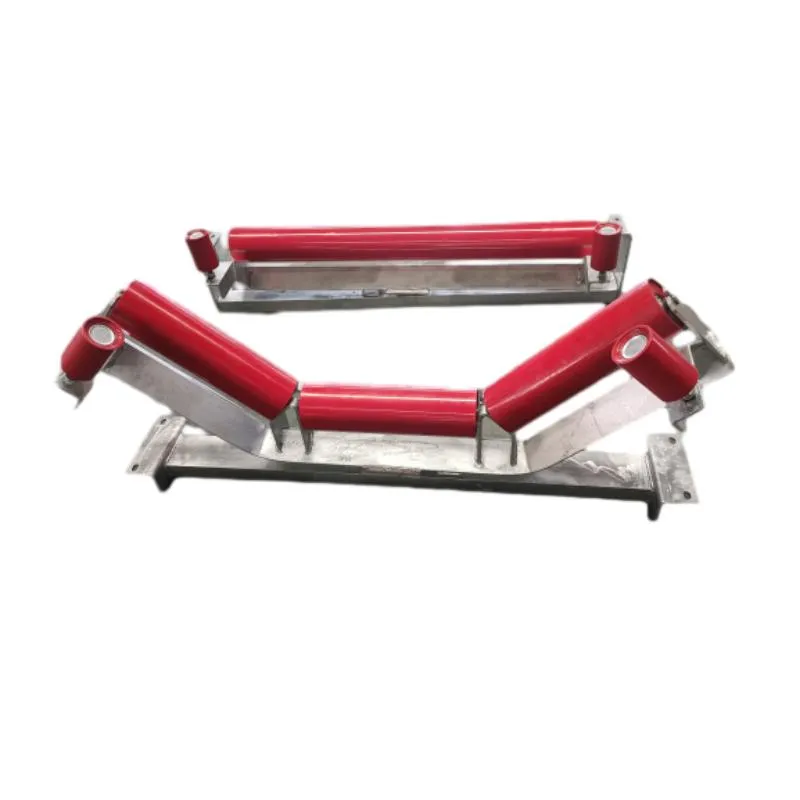 Afrikaans
Afrikaans  Albanian
Albanian  Amharic
Amharic  Arabic
Arabic  Armenian
Armenian  Azerbaijani
Azerbaijani  Basque
Basque  Belarusian
Belarusian  Bengali
Bengali  Bosnian
Bosnian  Bulgarian
Bulgarian  Catalan
Catalan  Cebuano
Cebuano  Corsican
Corsican  Croatian
Croatian  Czech
Czech  Danish
Danish  Dutch
Dutch  English
English  Esperanto
Esperanto  Estonian
Estonian  Finnish
Finnish  French
French  Frisian
Frisian  Galician
Galician  Georgian
Georgian  German
German  Greek
Greek  Gujarati
Gujarati  Haitian Creole
Haitian Creole  hausa
hausa  hawaiian
hawaiian  Hebrew
Hebrew  Hindi
Hindi  Miao
Miao  Hungarian
Hungarian  Icelandic
Icelandic  igbo
igbo  Indonesian
Indonesian  irish
irish  Italian
Italian  Japanese
Japanese  Javanese
Javanese  Kannada
Kannada  kazakh
kazakh  Khmer
Khmer  Rwandese
Rwandese  Korean
Korean  Kurdish
Kurdish  Kyrgyz
Kyrgyz  Lao
Lao  Latin
Latin  Latvian
Latvian  Lithuanian
Lithuanian  Luxembourgish
Luxembourgish  Macedonian
Macedonian  Malgashi
Malgashi  Malay
Malay  Malayalam
Malayalam  Maltese
Maltese  Maori
Maori  Marathi
Marathi  Mongolian
Mongolian  Myanmar
Myanmar  Nepali
Nepali  Norwegian
Norwegian  Norwegian
Norwegian  Occitan
Occitan  Pashto
Pashto  Persian
Persian  Polish
Polish  Portuguese
Portuguese  Punjabi
Punjabi  Romanian
Romanian  Russian
Russian  Samoan
Samoan  Scottish Gaelic
Scottish Gaelic  Serbian
Serbian  Sesotho
Sesotho  Shona
Shona  Sindhi
Sindhi  Sinhala
Sinhala  Slovak
Slovak  Slovenian
Slovenian  Somali
Somali  Spanish
Spanish  Sundanese
Sundanese  Swahili
Swahili  Swedish
Swedish  Tagalog
Tagalog  Tajik
Tajik  Tamil
Tamil  Tatar
Tatar  Telugu
Telugu  Thai
Thai  Turkish
Turkish  Turkmen
Turkmen  Ukrainian
Ukrainian  Urdu
Urdu  Uighur
Uighur  Uzbek
Uzbek  Vietnamese
Vietnamese  Welsh
Welsh  Bantu
Bantu  Yiddish
Yiddish  Yoruba
Yoruba  Zulu
Zulu Feb . 18, 2025 09:48
Back to list
Bend Pulley (Non-driving Pulley)
Elevating Industrial Operations with Conveyor Roller Pulleys An Expert Analysis
Authoritative bodies in industrial engineering stress the importance of regular maintenance and inspection of conveyor roller pulleys. Inspections involve checking for radial runout, axial displacement, and even surface wear. Organizations implementing these practices have reported a marked decrease in conveyor system failures. Additionally, authoritative research suggests that adopting crowned pulleys can significantly reduce belt wander, thereby enhancing operational consistency. Moreover, the use of lagging — a coating applied to the pulley surface — can increase friction between the belt and the pulley, providing further stabilization. Ensuring Trust through Reliable Practices Trustworthiness in industrial conveyor systems is built on the foundation of consistent performance and safety. Implementing regular training programs for operational staff ensures expertise in operating and maintaining conveyor systems. Trusted manufacturers often provide detailed documentation, including maintenance schedules and safety protocols, which are invaluable resources for operations. Furthermore, the focus on sustainable practices, such as using energy-efficient motor systems for driving pulleys, aligns with global environmental standards, enhancing trust in a company’s commitment to sustainable development. Conclusion Conveyor roller pulleys, though seemingly simple components, play a significant role in industrial operations. Their impact on an operation’s efficiency, safety, and cost-effectiveness is profound. By leveraging experience, engineering expertise, authoritative recommendations, and trustworthy practices, businesses can optimize their conveyor systems for maximum productivity. As industries continue to advance, the importance of these components will only grow, making it imperative for professionals to remain informed and proactive in adopting best practices and innovations in conveyor technology.


Authoritative bodies in industrial engineering stress the importance of regular maintenance and inspection of conveyor roller pulleys. Inspections involve checking for radial runout, axial displacement, and even surface wear. Organizations implementing these practices have reported a marked decrease in conveyor system failures. Additionally, authoritative research suggests that adopting crowned pulleys can significantly reduce belt wander, thereby enhancing operational consistency. Moreover, the use of lagging — a coating applied to the pulley surface — can increase friction between the belt and the pulley, providing further stabilization. Ensuring Trust through Reliable Practices Trustworthiness in industrial conveyor systems is built on the foundation of consistent performance and safety. Implementing regular training programs for operational staff ensures expertise in operating and maintaining conveyor systems. Trusted manufacturers often provide detailed documentation, including maintenance schedules and safety protocols, which are invaluable resources for operations. Furthermore, the focus on sustainable practices, such as using energy-efficient motor systems for driving pulleys, aligns with global environmental standards, enhancing trust in a company’s commitment to sustainable development. Conclusion Conveyor roller pulleys, though seemingly simple components, play a significant role in industrial operations. Their impact on an operation’s efficiency, safety, and cost-effectiveness is profound. By leveraging experience, engineering expertise, authoritative recommendations, and trustworthy practices, businesses can optimize their conveyor systems for maximum productivity. As industries continue to advance, the importance of these components will only grow, making it imperative for professionals to remain informed and proactive in adopting best practices and innovations in conveyor technology.
Latest news
-
Revolutionizing Conveyor Reliability with Advanced Rubber Lagging PulleysNewsJul.22,2025
-
Powering Precision and Durability with Expert Manufacturers of Conveyor ComponentsNewsJul.22,2025
-
Optimizing Conveyor Systems with Advanced Conveyor AccessoriesNewsJul.22,2025
-
Maximize Conveyor Efficiency with Quality Conveyor Idler PulleysNewsJul.22,2025
-
Future-Proof Your Conveyor System with High-Performance Polyurethane RollerNewsJul.22,2025
-
Driving Efficiency Forward with Quality Idlers and RollersNewsJul.22,2025
OUR PRODUCTS





























